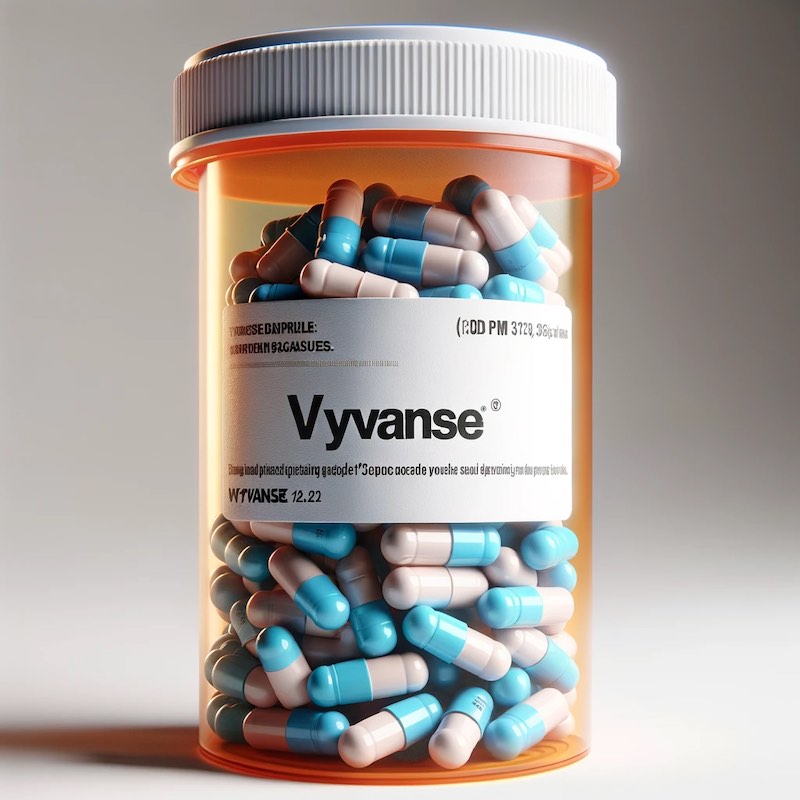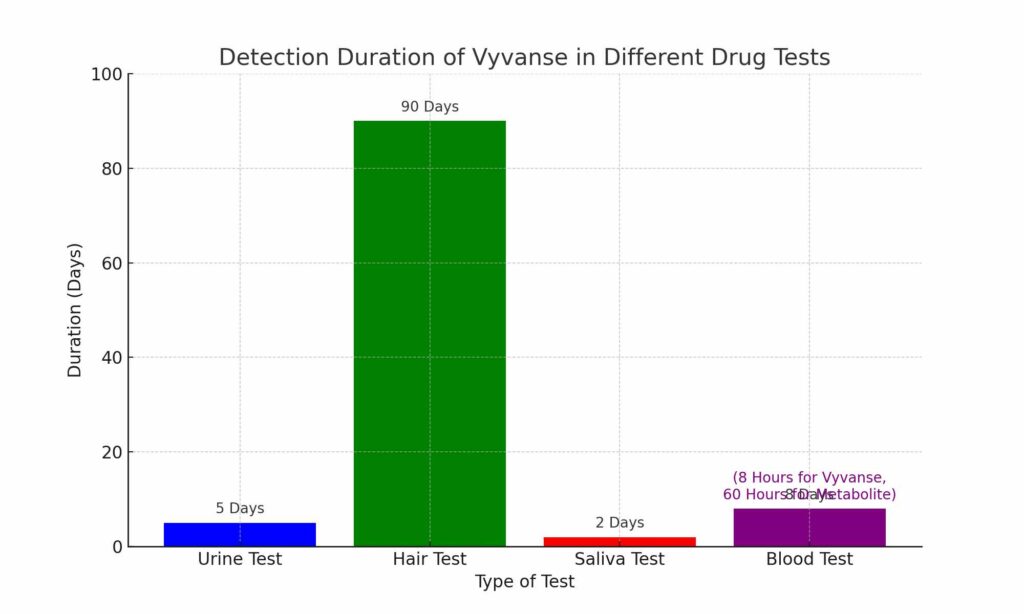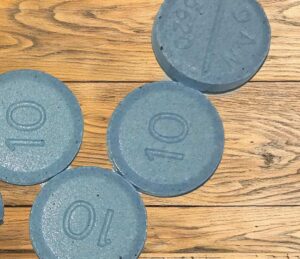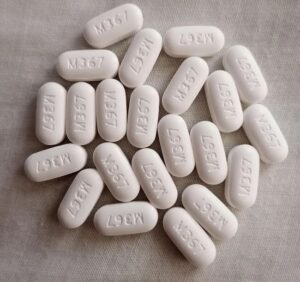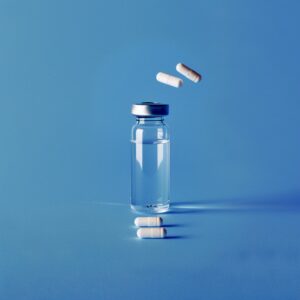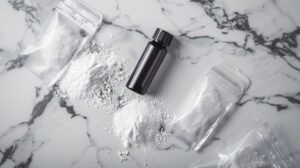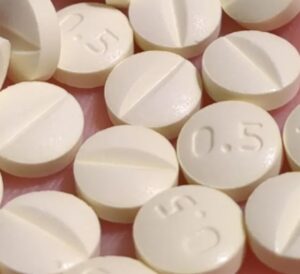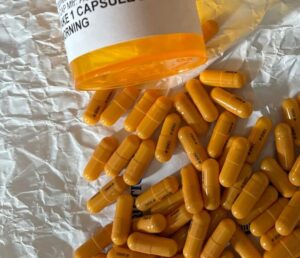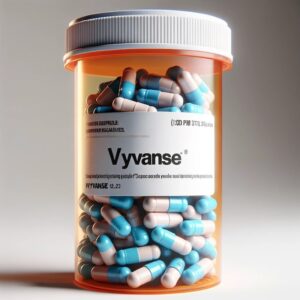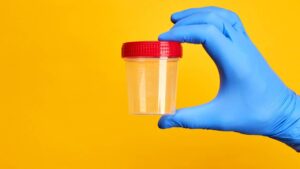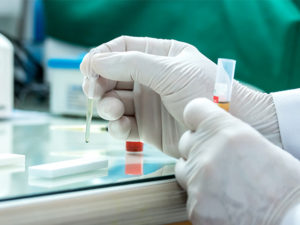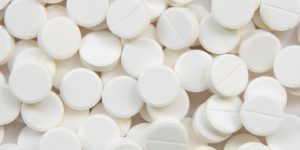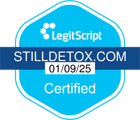Vyvanse, a brand name for the medication lisdexamfetamine, is a prescription drug primarily used to treat Attention-Deficit/Hyperactivity Disorder (ADHD) and Binge Eating Disorder (BED). It works by increasing the availability of certain neurotransmitters in the brain, such as dopamine and norepinephrine, which play a crucial role in focus, attention, and impulse control.
“Vyvanse provides individuals with ADHD the ability to sustain attention and manage impulsive behaviors, significantly enhancing their quality of life,” said Dr. Timothy Wilens, Chief of Child Psychiatry at Massachusetts General Hospital.
How Vyvanse Works
Vyvanse is a prodrug, meaning it becomes active only after being metabolized in the body. Once ingested, lisdexamfetamine interacts with enzymes in the bloodstream, converting into dextroamphetamine, which stimulates the central nervous system. This mechanism enhances the brain’s ability to focus and process information.
“The delayed activation of Vyvanse reduces the risk of misuse compared to other stimulant medications while providing consistent symptom relief throughout the day,” said Dr. Nora Volkow, Director of the National Institute on Drug Abuse.
How Long Does 20mg Vyvanse Last?
A 20mg dose of Vyvanse typically lasts for 8 to 10 hours. This is commonly prescribed as a starting dose for individuals new to Vyvanse treatment. Due to its shorter duration of action compared to higher doses, adjustments may be made based on individual response and symptom control.
How Long Does 30mg Vyvanse Last?
The effects of 30mg Vyvanse usually last between 10 to 12 hours. This dose is often prescribed for individuals who need moderate symptom relief throughout the day without exceeding their tolerance level. It provides a balance of efficacy and duration, making it a popular choice for many patients.
How Long Does 40mg Vyvanse Last?
A 40mg dose of Vyvanse lasts approximately 10 to 12 hours, similar to the 30mg dose. It is often used as an intermediate step for individuals who require stronger symptom control than 30mg but do not yet need higher doses.
How Long Does 50mg Vyvanse Last?
For most individuals, 50mg of Vyvanse lasts for 12 to 14 hours. This dosage provides extended coverage, making it effective for managing ADHD or BED symptoms over the course of a full day. It is commonly prescribed for adults who need prolonged symptom relief.
How Long Does 60mg Vyvanse Last?
The 60mg dose of Vyvanse offers a duration of 12 to 14 hours. This dosage is generally prescribed for adults or adolescents requiring consistent symptom control and may be adjusted based on tolerability and therapeutic response.
How Long Does 70mg Vyvanse Last?
The maximum recommended dose of Vyvanse is 70mg, which typically lasts for 14 hours or longer. This dosage is designed for individuals who require the highest level of therapeutic effect and symptom management throughout the day.
How Long Does Vyvanse Stay in Your Urine?
Urine testing is the most common method for drug screenings due to its practicality and reliability. Vyvanse itself does not appear in urine tests, but its metabolite, amphetamine, can be detected for up to five days after the last dose. This timeframe is supported by guidelines from the Substance Abuse and Mental Health Services Administration (SAMHSA). Hydration levels, metabolic rate, and the frequency of Vyvanse use may slightly extend or shorten this detection window.
How Long Does Vyvanse Stay in Your Blood?
Blood tests provide a shorter detection window compared to urine tests and are primarily used in clinical or legal settings where recent usage must be confirmed. Vyvanse remains detectable in blood for up to eight hours due to its rapid metabolism. However, its active metabolite, dextroamphetamine, extends the detection period to around 60 hours. Research from the National Institute on Drug Abuse (NIDA) highlights the efficiency of blood tests for identifying recent Vyvanse use, particularly in acute situations.
How Long Does Vyvanse Stay in Your Saliva?
Saliva tests are increasingly used for identifying very recent drug use. Vyvanse and its metabolites are typically detectable in saliva for up to two days after ingestion. Factors like individual oral health and the timing of the test relative to the last dose can influence detection. According to Clinical Drug Testing in Primary Care, saliva tests are a convenient and non-invasive option, making them popular for workplace and roadside testing scenarios.
How Long Does Vyvanse Stay in Your Hair?
Hair analysis offers the most extended detection period among all drug tests, making it a valuable tool for long-term monitoring. A standard 1.5-inch hair sample can reveal drug use over the past 90 days. This method works by identifying drug metabolites stored in the hair follicles as they grow. The Journal of Analytical Toxicology confirms that hair testing is highly effective for detecting a history of Vyvanse usage, particularly in compliance or legal cases.
What influences Vyvanse’s detection in your system?
The length of time Vyvanse remains detectable in your system depends on several key factors. Metabolism plays a significant role, as individuals with faster metabolic rates clear the drug more quickly. Dosage and frequency of use are also critical; larger or more frequent doses can lead to longer detection times. Health conditions, especially those affecting liver and kidney function, may extend or shorten the clearance period. Hydration levels and body composition, while minor factors, also contribute to variability in detection timelines.
Can Vyvanse Cause a False Positive?
Vyvanse metabolizes into amphetamine, which can sometimes result in a false-positive drug test for stimulants. Substances that may contribute to this include certain medications like pseudoephedrine (commonly found in decongestants) and fluoxetine (Prozac), as well as herbal supplements like ginkgo biloba.
Sources
- Vyvanse Prescribing Information
- National Institute on Drug Abuse (NIDA)
- Substance Abuse and Mental Health Services Administration (SAMHSA)
- Clinical Drug Testing in Primary Care
- Journal of Analytical Toxicology
- MedlinePlus
Help For Vyvanse Abuse and Addiction
When it comes to overcoming amphetamine abuse, seeking professional help is vital, and Still Detox Luxury Rehab in Boca Raton, Florida is here to guide you toward lasting recovery. We understand the urgency of addressing amphetamine addiction before it becomes a devastating situation.
Conclusion:
Vyvanse, an effective treatment for ADHD and BED, works relatively quickly, usually within one to two hours after intake. Its primary metabolite, dextroamphetamine, has a half-life of about 12 hours, necessitating approximately 60 hours (or five half-lives) for the drug to be substantially cleared from the system.
Some individuals misuse Vyvanse by snorting it, often under the false belief that this method intensifies its effects or speeds up its elimination from the body. Unfortunately, this practice is not only ineffective but also dangerous.
Critically, altering how Vyvanse is taken does not shorten its duration in the system. The body metabolizes the medication at the same rate, regardless of administration method. Snorting Vyvanse significantly raises the risk of adverse health effects while offering no therapeutic benefit.
The detection of Vyvanse can vary across different tests, being present in urine for up to five days, in hair for up to 90 days, in saliva for up to two days, and in blood for around 60 hours. Additionally, users should be aware of the potential for false-positive results in drug screenings, given Vyvanse’s similarity to other substances.



